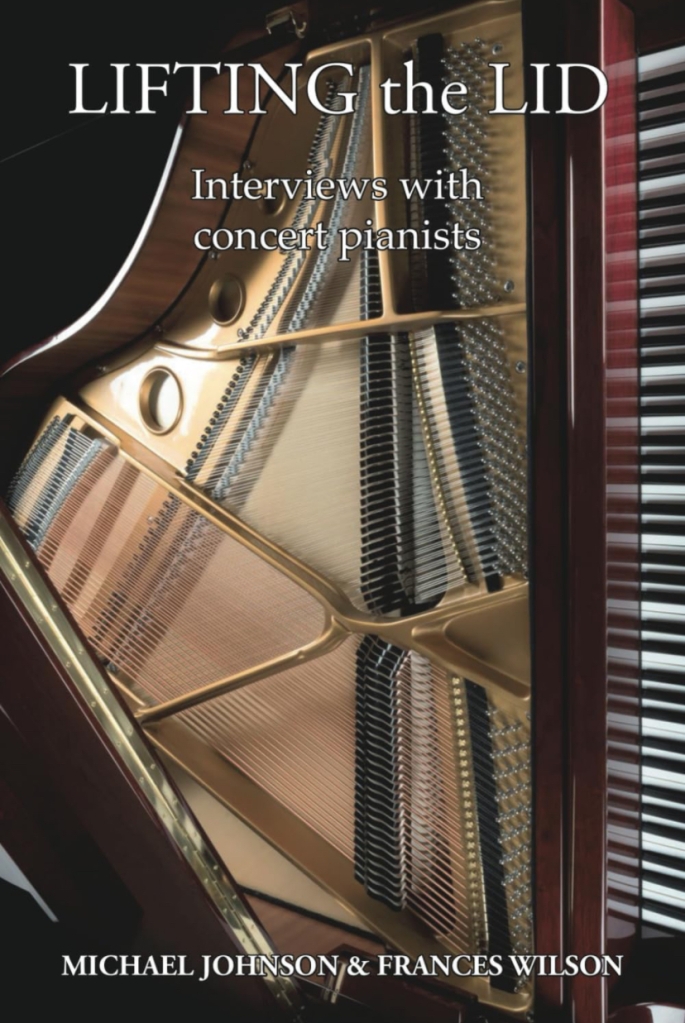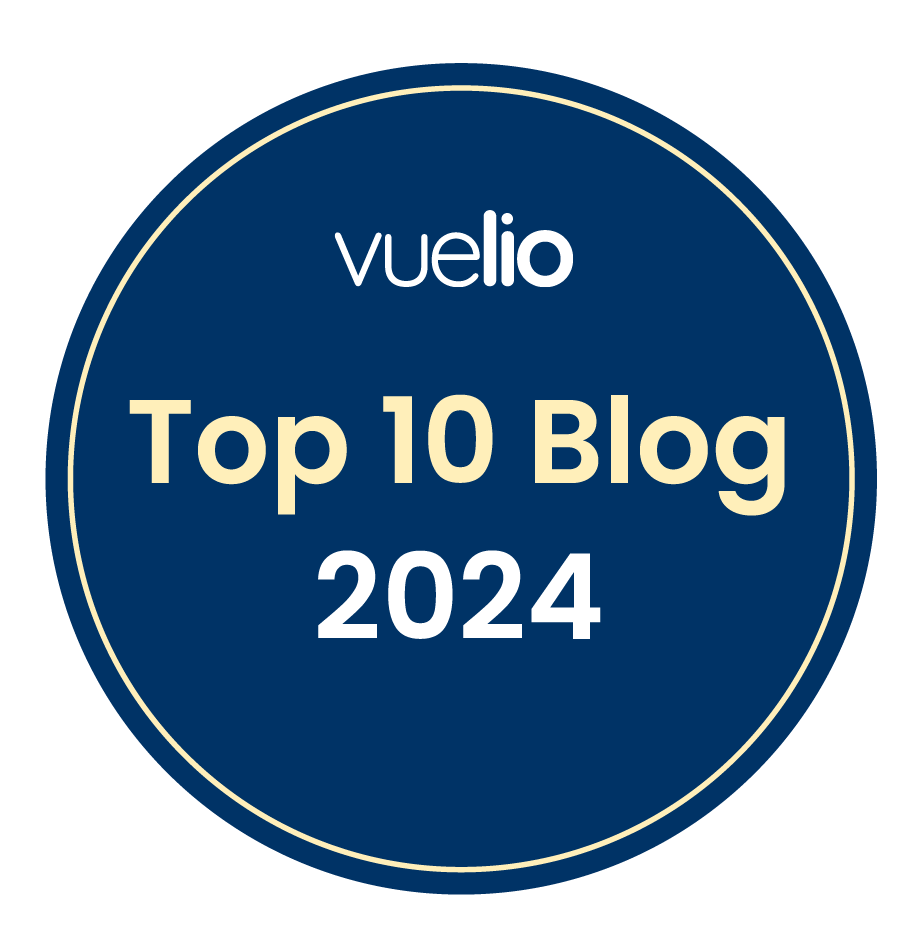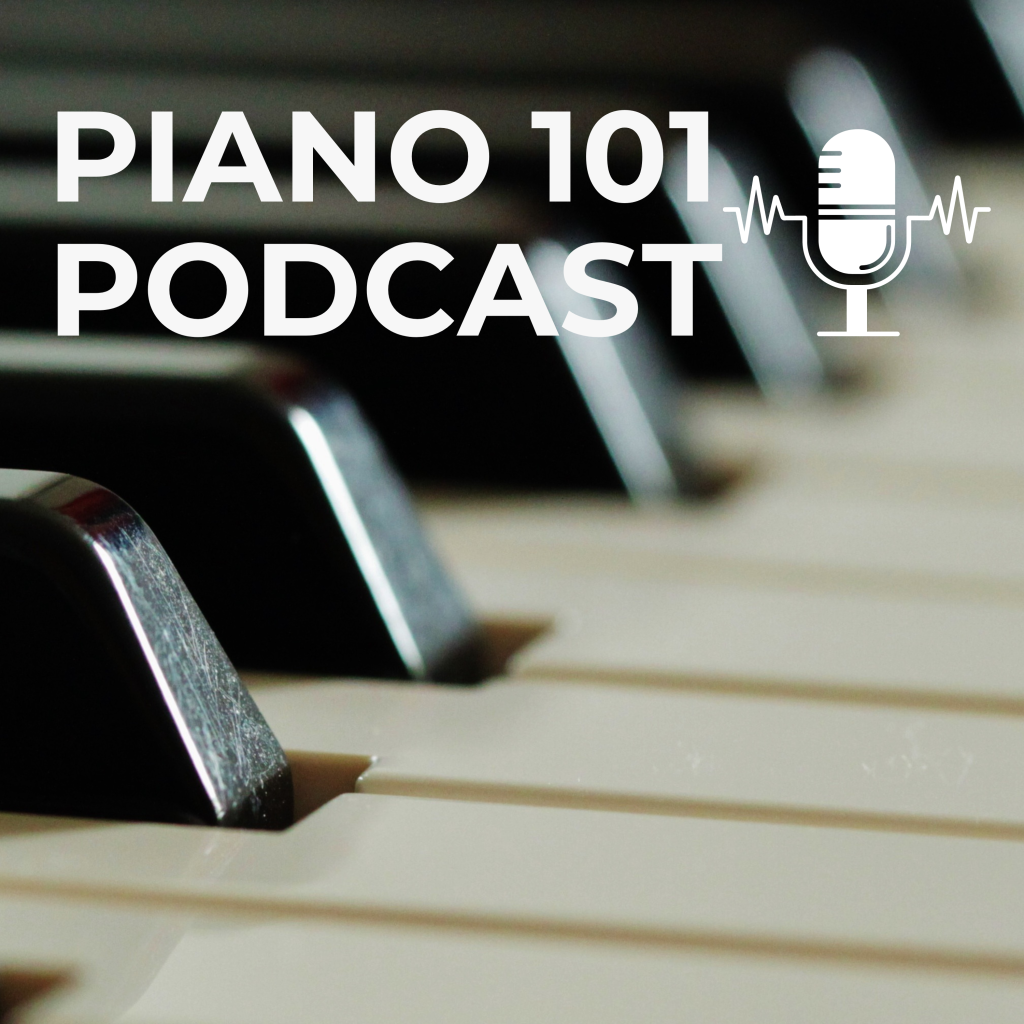There has been a lively response to this article in The Guardian and I was happy to add my name to a list of signatories on an open letter in response written by pianist and musicologist Ian Pace (who is still collecting names – as I write, I understand Sir Simon Rattle has asked to be added to the list).
I share the author of The Guardian article’s concerns about the provision – or lack thereof – of music education in the UK, particularly in the state sector, and I, along with many music teacher colleagues, are fearful that with cuts in funding, music education (along with art and drama) will become the exclusive preserve of the private sector.
Observing the gradual dismantling of music teaching in our state schools from my, admittedly privileged, position as a private piano teacher working in one of the most affluent suburbs of SW London, I’ve come to appreciate that my own introduction to and study of music in the state education system in the 1970s and 80s was truly exceptional – both in terms of provision and quality of teaching – and a lot of what I learnt then, specifically at O and A-level, remains useful in my day-to-day teaching activities. I was indeed very fortunate.
What has really upset many of us about The Guardian article is the author’s assertion that musical notation – the dots, lines and signs on the printed or handwritten page of a musical score – is “a cryptic, tricky language (…) that can only be read by a small number of people“. She infers that the ability to read music is elitist because notation is unintelligible except to those who are privately educated.
In fact, the ability to read music is no more elitist than the ability to read English or Spanish or comprehend simple HTML coding. All skills which can be taught, and taught well, so that students learn and absorb them. Music is a language, with its own grammar and punctuation marks, which can be and is taught in a way not dissimilar to the teaching of, say, French or Latin.
I can’t remember when I first learnt to read music. I must have been around 5 or 6, as that is when I first started piano lessons, and at that time (early 1970s) I was probably taught in a very traditional way (I did music theory homework every week alongside my piano practise). But the method clearly worked as by the time I reached Grade 5 at the age of about 10, I was sufficiently confident in my music reading to start exploring beyond the confines of the piano grade syllabus. I was also a proficient and voracious sight-reader (a skill which I have fortunately retained, but one which must be practised regularly). Being able to read well unlocked an amazing door into a world of adventure and exploration – just as being able to read and understand English well did too (well, hello Chaucer!). As my pianistic skills advanced, so did my reading and pretty soon great thickets of notes or music written across three staves (such as in Debussy’s Preludes – pieces I played regularly as a teenager) became something with which I could engage and enjoy.
The young people, and adults, whom I teach and have taught will all say that one of the primary motivations for learning the piano is also learning to read music. One of my students really put his finger on it recently when he said “I want to be able to read music well enough so that I can open a book of music and play anything I want to” (observe his piano teacher whooping inwardly for joy – because this is my aim too!). This student could appreciate that the ability to read music offers the possibility for independent learning and exploration.
Learning to read music really isn’t that difficult: musical notation certainly has fewer quirks and anomalies than the English language and its “rules” and “grammar” are largely unchanging, which makes it a language which is pretty universal, in my humble opinion. For example, last year, I worked with an orchestra made up of musicians from the former Yugoslavia. My Croatian language skills don’t extend much further than “Zdravo” (Hello, how are you?) or “Doviđenja” (Goodbye), picked up on an exchange trip to Zagreb in my O-level year, but I and the other musicians all had the same score (Bach’s Double Concerto) on the music desks and we were able to “converse” through that: the notes on the pages became our common language. This may sound rather romantic, but musical notation also allows us to transcribe – or translate, if you will – music from other cultures, thus giving us the opportunity to experience this music within a more familiar set of symbols and parameters.
 As my experience with the No Borders Orchestra illustrates, notation is not pure “theory” – it’s practical. Those dots, squiggles and numbers on the page are the directions to us, the musicians, which enable us to translate the composer’s intentions into sounds. Notation is also an important tool in understanding the structure, architecture and narrative of the music. It means we can look at original scores by composers like Bach or Mozart and understand them. The ability to read music enables us to play together in orchestras and bands, sing in choirs, read a jazz lead sheet – and the end result is……music. It’s not elitist; it’s simply the way music works – and it’s an efficient system understood by many, used across genres from rock and pop to jazz and classical music.
As my experience with the No Borders Orchestra illustrates, notation is not pure “theory” – it’s practical. Those dots, squiggles and numbers on the page are the directions to us, the musicians, which enable us to translate the composer’s intentions into sounds. Notation is also an important tool in understanding the structure, architecture and narrative of the music. It means we can look at original scores by composers like Bach or Mozart and understand them. The ability to read music enables us to play together in orchestras and bands, sing in choirs, read a jazz lead sheet – and the end result is……music. It’s not elitist; it’s simply the way music works – and it’s an efficient system understood by many, used across genres from rock and pop to jazz and classical music.
notation is a beautiful thing in its own right, a way of communicating ideas based on a common understanding and not something just for the privileged (I use myself as the example here, being from a working class, south London background with a very incomplete education)
– Marc Yeats, composer







[…] via Of signs and symbols — The Cross-Eyed Pianist […]
My early musical education was very similar to yours, Fran. I wholeheartedly agree with your article which is beautifully crafted – thanks for saying everything I would have said, and more!
Dear Frances, Thank you so much for your excellent article & counter to the Guardian. How can I add my name as a retired Director of Music, please? And my husband [John Jones] as a retired Professor of Music? And daughter [Rebecca Goss] as Head of Strings? Best wishes, Jo
*Mrs Josephine Jones* BA (Hons), Cert Ed, LRAM
*EPTA (UK) Membership no 0374*
*Administrator, The SARD Ensemble*
Moorside, Firth, Orkney, KW17 2JZ, UK.
*Tel./Fax.: (01856) 761899* Mob.: 07720140148 Email: YetminsterMusic@googlemail.com
On 3 April 2017 at 17:53, The Cross-Eyed Pianist wrote:
> The Cross-Eyed Pianist posted: “There has been a lively response to this > article in The Guardian and I was happy to add my name to a list of > signatories on an open letter in response written by pianist and > musicologist Ian Pace (who is still collecting names – as I write, I > understand S” >
Dear Josephine
Many thanks for your comments and support. I’ve passed your details to Ian Pace who will add to the list of signatories
Frances
The easiest way to add your names is to leave a comment on Ian Pace’s article https://ianpace.wordpress.com/2017/03/30/response-to-charlotte-c-gill-article-on-music-and-notation-full-list-of-signatories/
[…] Pamela Rose , this by Helen Sanderson, this by George Bevan, this by George A. Smith, and this by Frances Wilson. For an utterly contrasting view to that of Gill, strongly advocating reading (and sight reading), […]
Fantastic!! Clear, concise and pertenant. 😁🎶😁